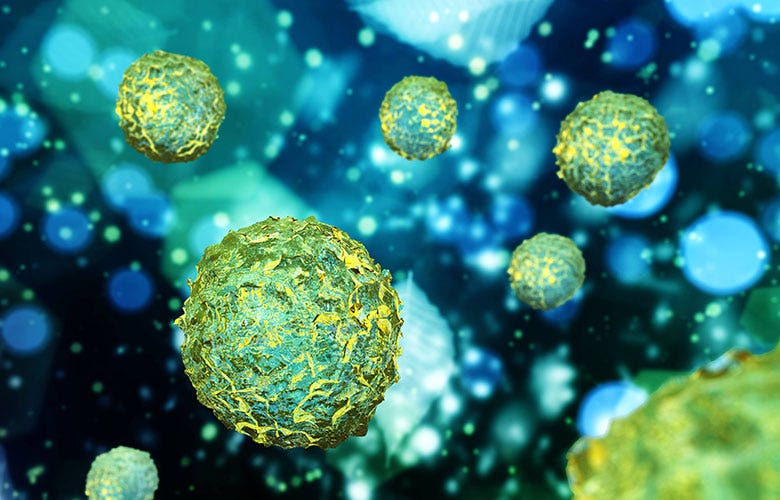
No Longer Frazzled by Wnt and Frizzled: Uncovering a Mechanism of Specificity
August 2019
In a study published recently in Nature Cell Biology, researchers from the University of California, San Diego reported that epidermal growth factor receptor (EGFR) is a co-receptor for the Wnt/Frizzled (Fzd) pathway for the generation of haemopoietic stem cells (HSCs). Furthermore, they demonstrated that specificity may be regulated, in part, through co-receptor activation. This discovery not only opens the door for de novo generation of haemopoietic stem and progenitor cells (HSPCs), but it also creates a new avenue for patients with blood diseases such as leukemia.
The World Health Organization reports that approximately 50,000 bone marrow transplants are performed each year worldwide. Only 30% of these patients match with a family member for a viable transplant, leaving the remaining 70% to find a match outside the family. For these patients, chances of finding unrelated donors are small (e.g. 1 out 500,000 individuals), thus cementing the need for alternative methods of HSPC generation.

Figure 1: Illustration of hematopoietic stem cells.
Wnt genes are highly conserved and encode proteins that have been implicated in diverse developmental pathways, including the development of HSPCs. Despite the fact that Wnt genes have been studied extensively, specific functions for the Wnt family genes are not well understood, and thus far de novo HSPC generation has been thwarted.
It was previously thought that Wnt–Fzd interactions are regulated by physical binding affinities between Wnt and the Fzd cysteine-rich domain (CRD) CRD32, and spatiotemporal localization.
However, with the help of TriLink’s Cas9 mRNA, the researchers used a number of techniques to tease out a novel mechanism of specificity for Wnt/Fzd in HSPC development. Interestingly, they found that EGFR acts as a coreceptor and that there is an additional level of signaling specificity regulated by co-receptor activation, which had never been documented before.
“We hypothesize that different cofactors are recruited extracellularly by specific Wnt–Fzd pairs to target the receptor complex for signaling. These results support the notion that the specificity of Wnt–Fzd pairs relies on co-receptor complexes; however, the concept that Wnt stimulation recruits a co-receptor (EGFR), leading to its enzymatic regulation of the Fzd intracellular domains (tyrosine phosphorylation) and sub-sequent internalization for signaling, is unprecedented”.
The implications of this research reach far beyond HSPC generation and may lead to the advancement of protocols for the development of other tissues. Furthermore, these data provide insight into current cancer therapies targeting EGFR.
Featured product: Cas9 mRNA.
Have a question? Visit Ask An Expert.

